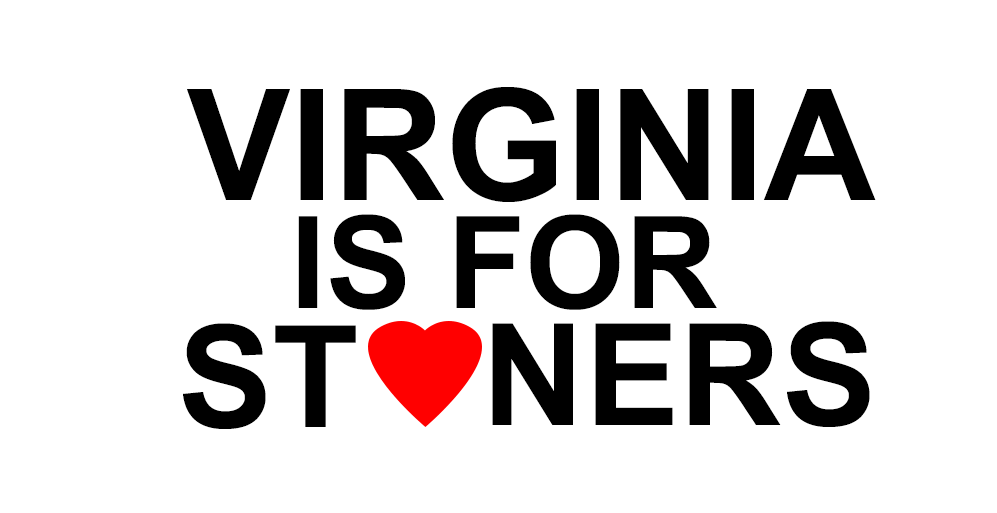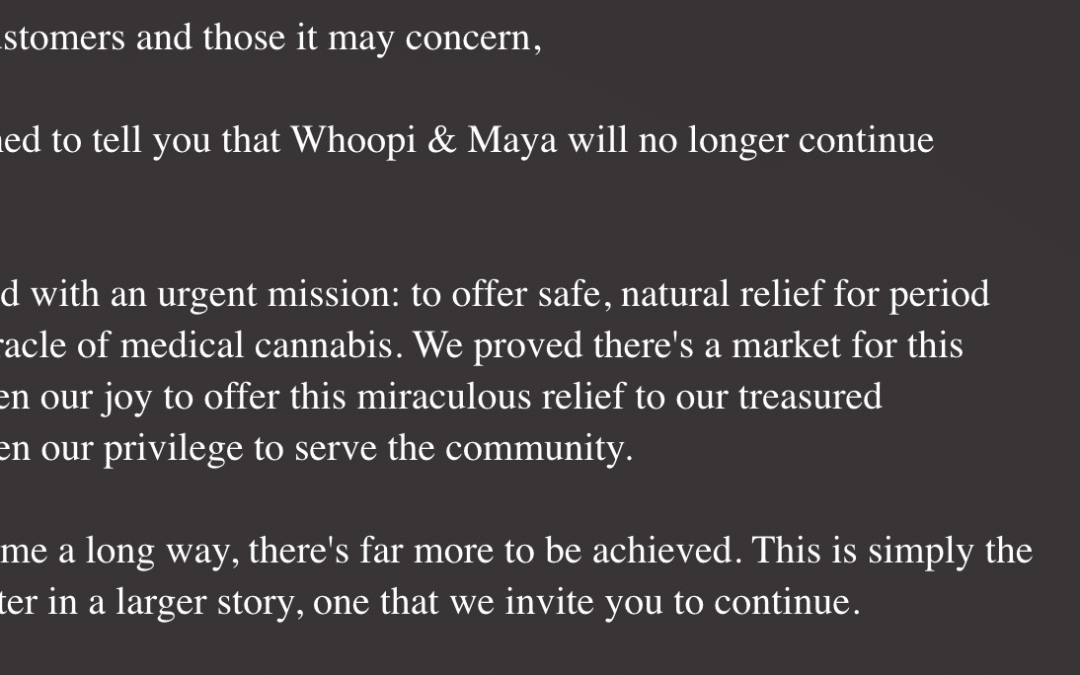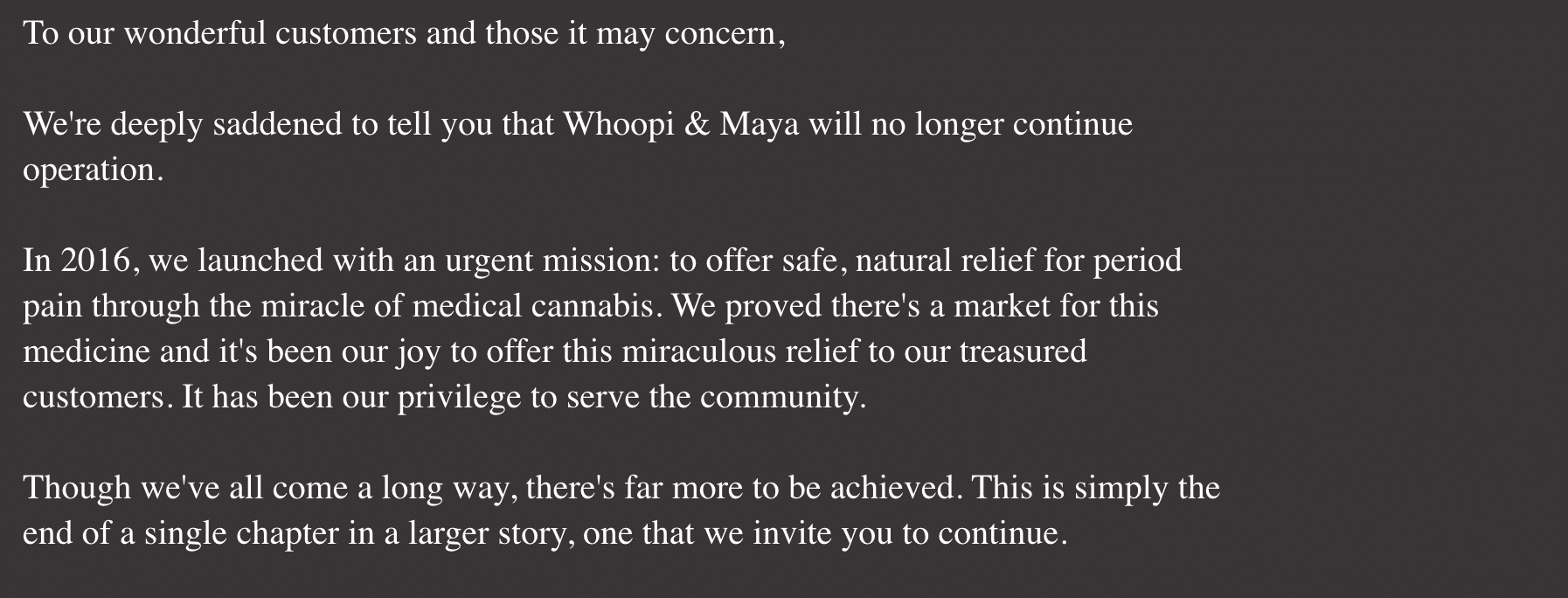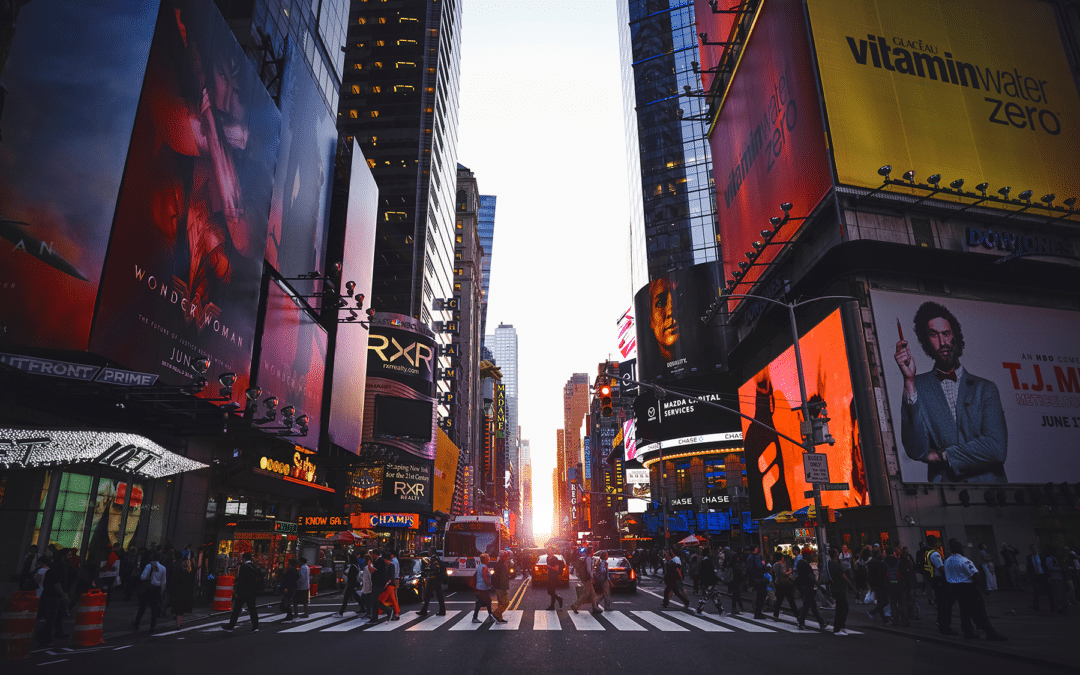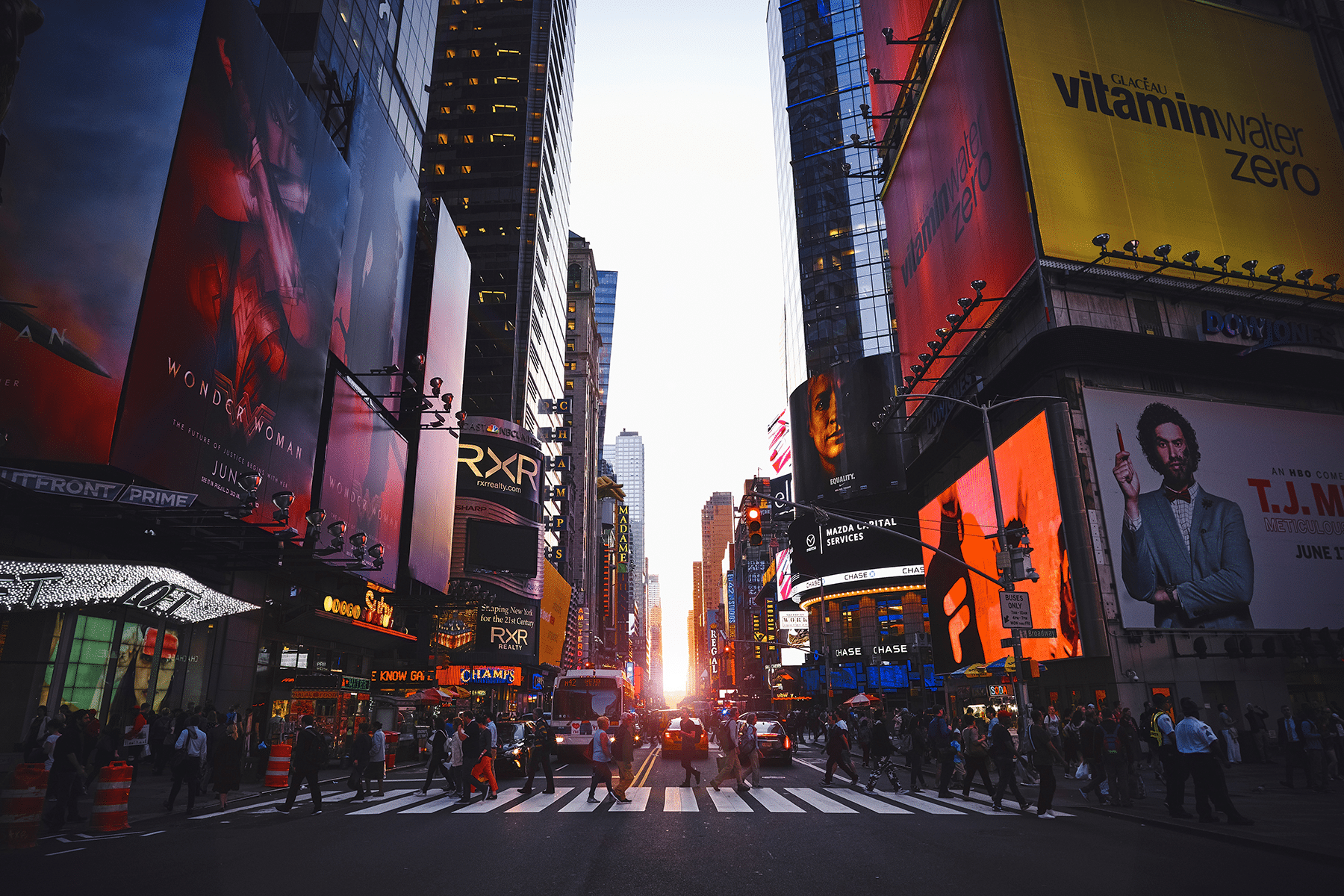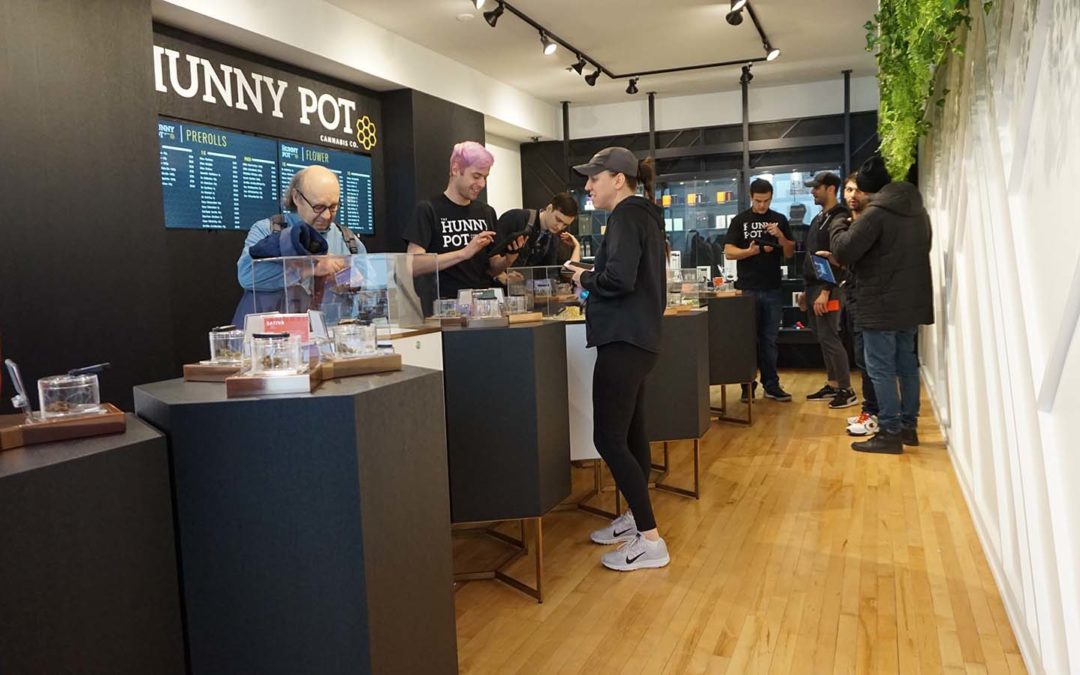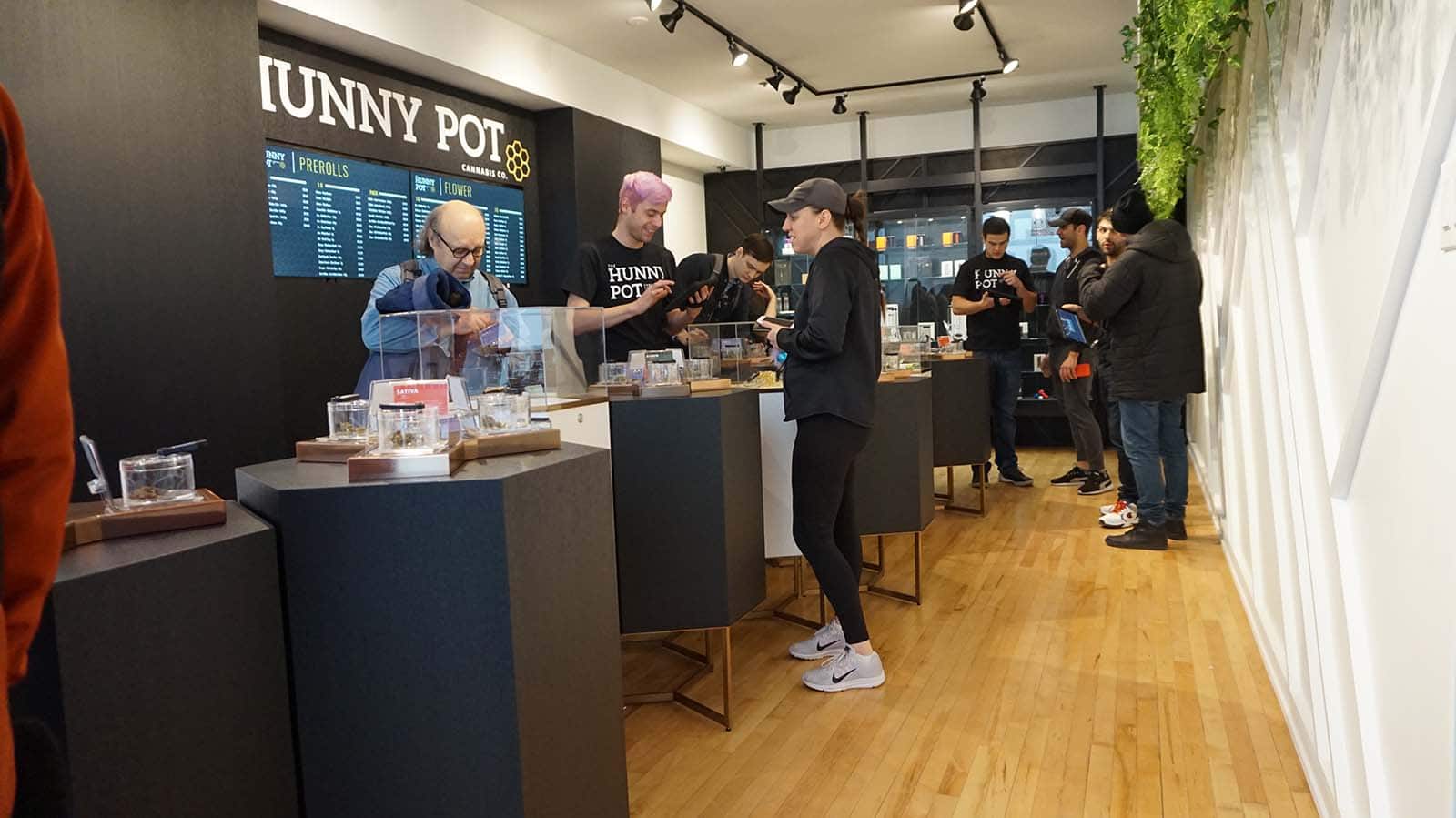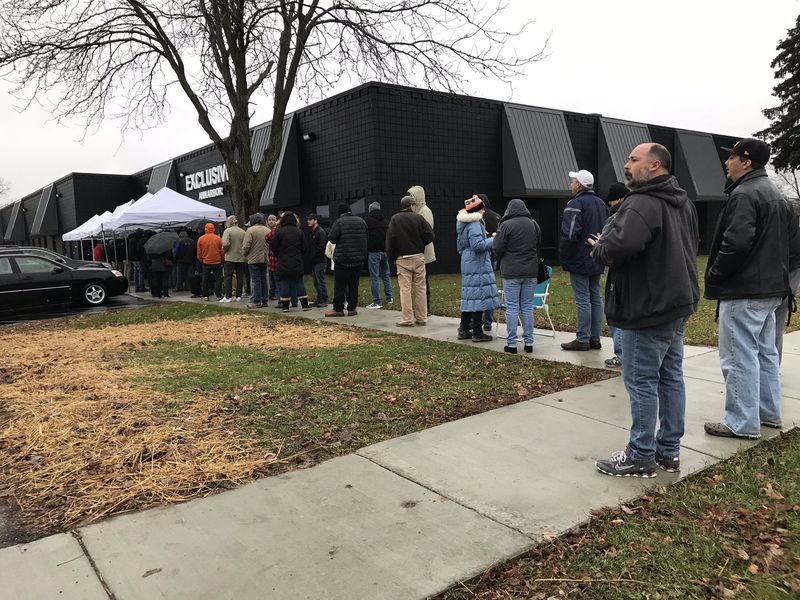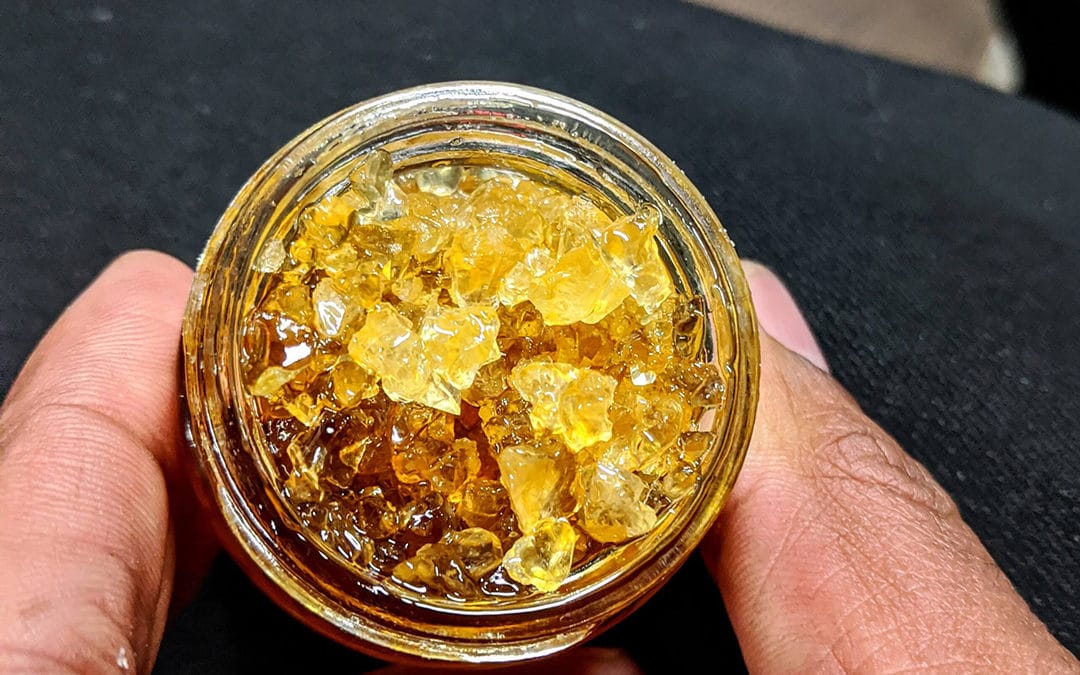
Is Cannabis Flower Falling Behind?
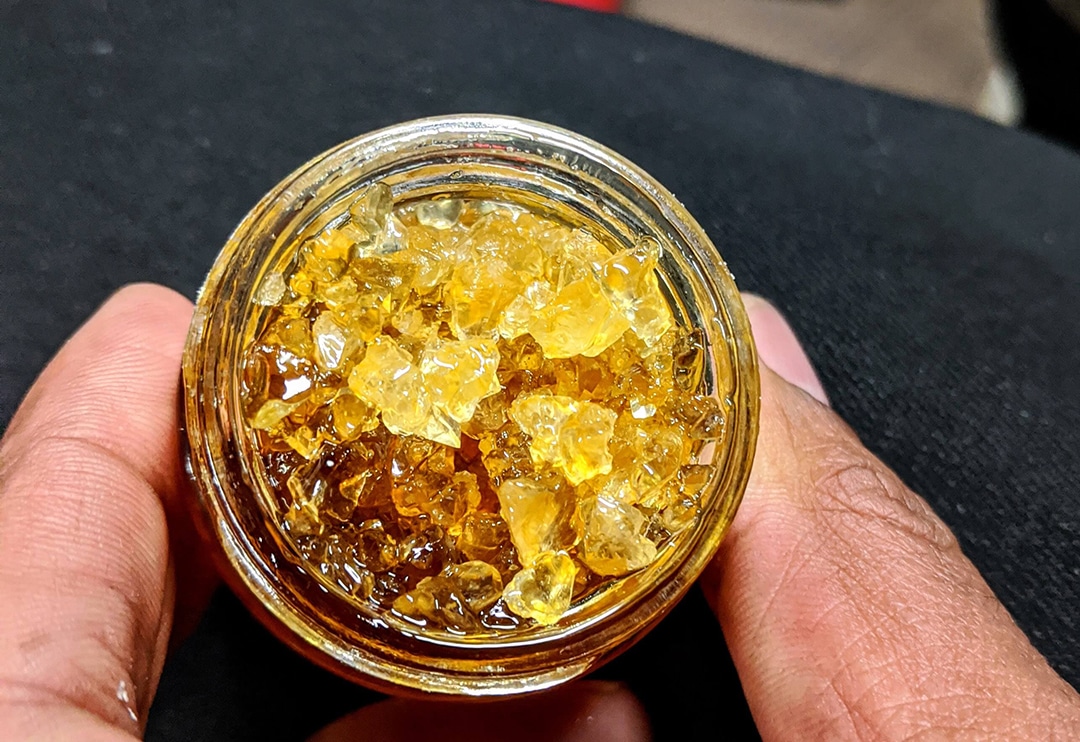
Until recently, most people who tried cannabis for the first time, tried it by smoking flower.
Ok, maybe that’s an exaggeration. But not by much.
As popular as extracts are becoming, are they really putting cannabis flower at risk of falling off in popularity? The short answer is that it already has.
The rise of concentrates
Cannabis concentrates didn’t become popular until 2014, when legal cannabis really started to kick off in Colorado. The most common types were shatter and wax, both of which are processed using Butane as a solvent.
At first, a lot of consumers avoided concentrates not just for their increased potency, but also because of the process used to make them. In the early days of cannabis extraction, there were dozens of accidents involving lab fires, explosions, and un-purged concentrates that would catch on fire when dabbed.
Due to the unreliability of extractors at the time, unfamiliarity with the product and process, and the high cost compared to cannabis flower, cannabis concentrate sales hardly surpassed 10% of total cannabis sales in 2014.
Just in the last 5 years however cannabis concentrates have developed exponentially. Cleaner, tastier concentrates like distillate, live resin and rosin grew in popularity. With the rise in e-cigarette users across the country, cannabis vape pens started becoming more popular as well.
As more concentrate brands entered the market, prices dropped, making concentrates more affordable for the average consumer. A gram that would cost $50 in 2014 was only $20 in 2018.
And just like that, cannabis concentrates took up 27% of total cannabis product sales in 2018. And that number is steadily rising.
Convenience and cost
The biggest bump to concentrate sales over the last two years has been due to vape pens. With more legal cannabis available across the country, more people began looking for a quick and easy way to use cannabis that doesn’t involve rolling a joint or packing a bowl.
Vape pens made it simple for anybody to get a quick, discreet puff of cannabis oil and receive the same effect as smoking a joint, more or less.
The rise in older cannabis consumers taking advantage of the medical and recreational cannabis and the desire for a more versatile and discreet consumption mechanism led to vape pens filling the void.
Even though vape pens are traditionally more expensive than cannabis flower, the concentrated doses make the product last much longer for casual consumers, making them much more cost effective.
But the vape pen industry took a major hit in 2019 when the country was hit by the “vape crisis”.
A serious issue
If there’s a cannabis product that is seeing success in the legal industry, it’s a guarantee there is someone replicating it in the illicit market. And in any market, there will be bad actors who care more about profits than the customer.
These snake-oil salesmen cut their vape pen cartridges with a liquid form of Vitamin E. When heated up, Vitamin E turned into Vitamin E Acetate, a toxic gas that would reconvert to a viscous solid in consumer’s lungs.
If that sounds bad, it was.
A total of 64 people died due to the illness caused by these faulty products, with another 2,758 hospitalized.
Suffice to say, the vape pen industry took a major hit during this time as many consumers questioned whether or not their vape pens were safe. But like most health scares that spread across the media like a wildfire, this “crisis” faded away in a matter of months, and vape pens have steadily risen back to where they were, with no signs of stopping.
The future of cannabis flower and concentrates
Consumer spending on cannabis concentrates rose 49% in 2018, pulling in $2.9 Billion. By 2022, spending is expected to reach $8.4 Billion. Cannabis flower sales still made up 43% of sales, but vape pens alone made up 23%, and cannabis concentrates other than vape pens made up only 9%.
Vape pens have become the main form of consumption method for cannabis concentrates, but cannabis flower still sits at the top as the most affordable, and frankly easier option for consumers.
As easy to use as vape pens are, they aren’t for everybody. Staying on top of charging, making sure you’re cartridge doesn’t get clogged, these are things that some people just don’t want to deal with.
Grinding up a little bit of bud in your fingers and tossing it in a bowl will work every time, as long as you have a lighter.
I like to say that cannabis flower is King (or more accurately, Queen). It doesn’t matter what new creative products come out, the majority of those who consume cannabis will always have the nostalgic enjoyment you can only get from cannabis flower.
That flashback to the first time, the funniest place you had to smoke, and all those great memories.
Sure, we’ll have some of those memories with concentrates and all the crazy places you can easily sneak in a vape pen, but it just won’t be the same. At least for me.

